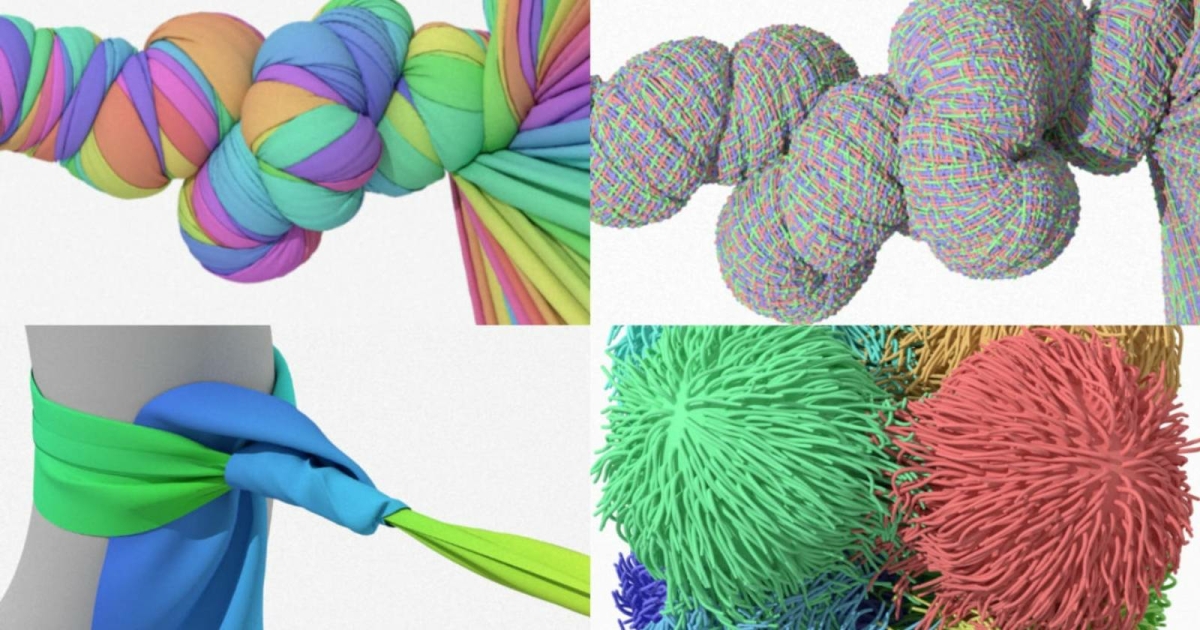When simulating objects, especially thin ones like cloth, it’s hard to prevent them from intersecting. Existing methods often struggle with very small gaps between objects, leading to simulation problems or slow performance.
Researchers are looking for ways to solve this issue, and Ryoichi Ando’s paper, called A Cubic Barrier with Elasticity-Inclusive Dynamic Stiffness, introduces a novel cubic barrier method that enlarges tight strain-limiting gaps where logarithmic barriers struggle and enables highly scalable contact-rich simulation.
This has significant implications for material simulation, for example, which plays a major role in how many industries engage with computer graphics and simulation. While the paper’s solver appears to be too computationally expensive for current games, its findings could drive next-generation physics simulations.

